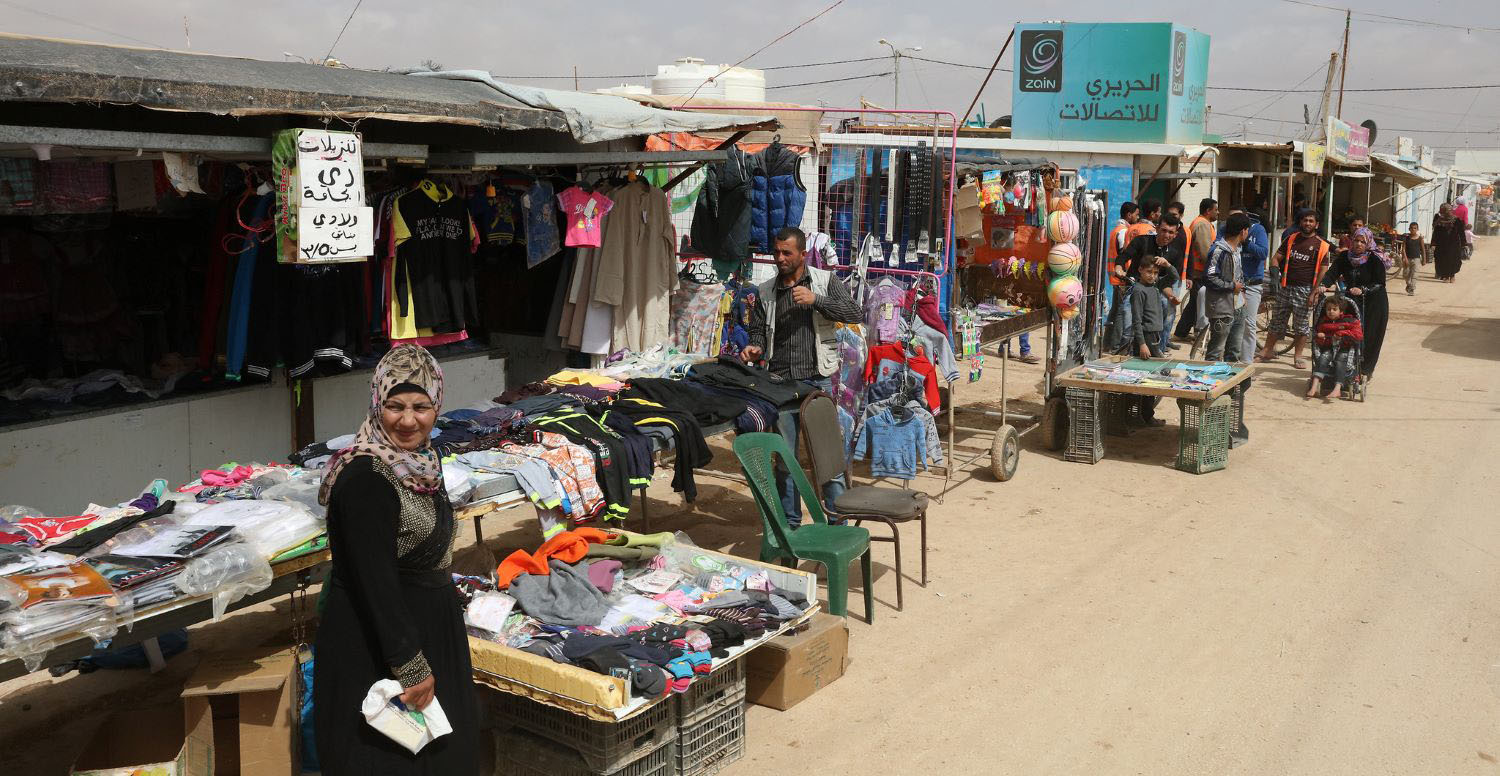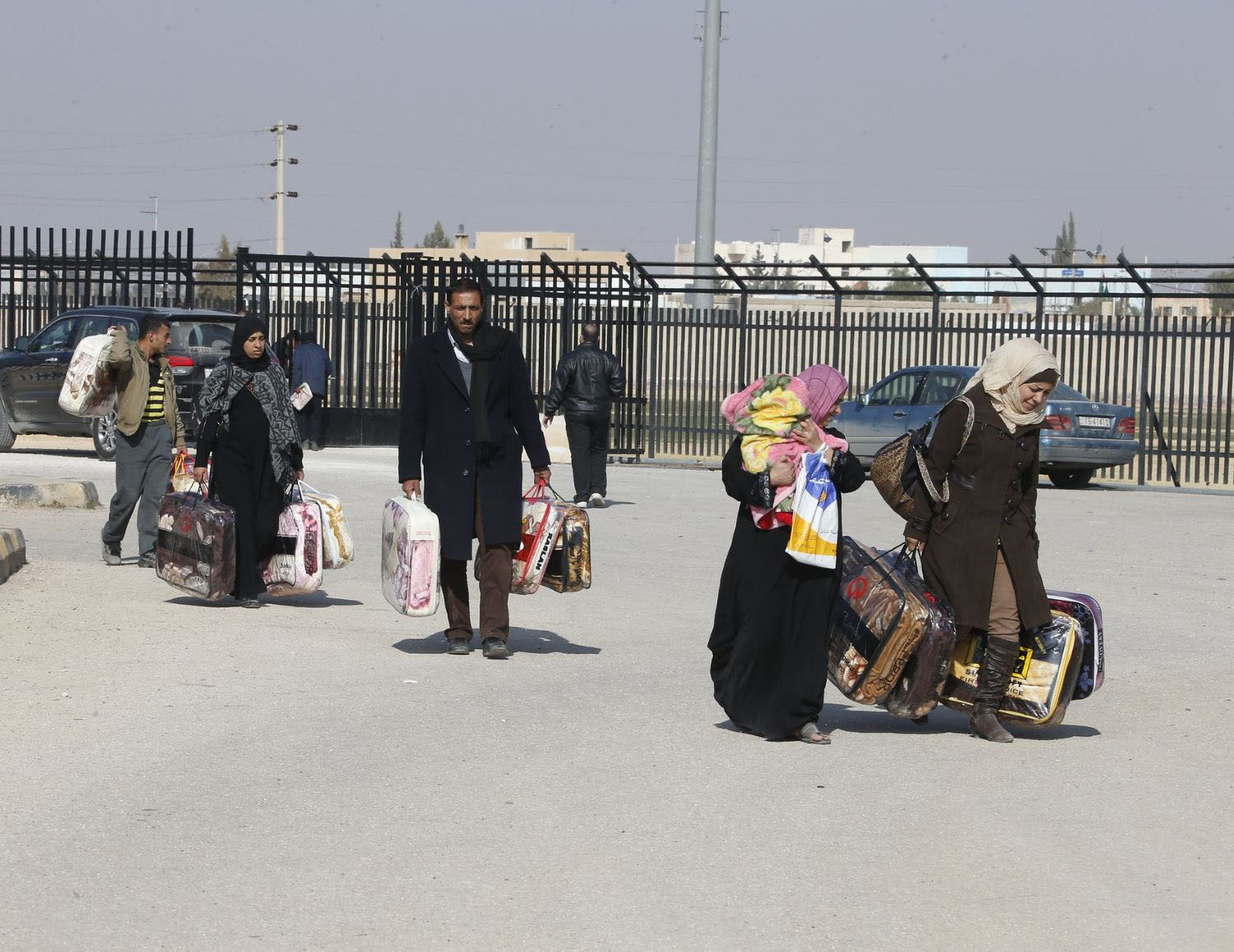Wonkcast: Helping Haiti - Vijaya Ramachandran and Michael Clemens
Trade HELP for Haiti: Did It Make a Difference?
Four Years Later, We Still Don't Know Where the Money Has Gone
This Sunday is the fourth anniversary of Haiti’s devastating 2010 earthquake. It immediately killed more than 150,000 people and the economy was shattered. I’ve been reflecting on the progress Haiti has made and the long road ahead.
The days and months after the earthquake were a time for immediate relief. Emergency aid for clean water, food, housing, and medical care were, at the forefront the international community’s agenda in Haiti, and rightly so. But, four years later, the focus must shift to policies that promote long-term, continuing economic opportunities for Haitians and their families.
Where will those opportunities be? Almost every aid agency and philanthropy is working exclusively on creating those opportunities inside Haiti. That is valuable and noble work, and must continue. But it must continue in recognition of the fact that large fractions of the economic opportunities Haitians have created to date have been outside Haiti.
Migration has been central to economic opportunity for Haitians. Haitians abroad send home so much money, it is equal in size to about one quarter of all the economic activity that happens inside Haiti. The large majority of the Haitian-born who have escaped poverty have done so by leaving Haiti, not because of any opportunities they found inside Haiti.
But the international assistance and recovery strategy for Haiti has completely neglected labor mobility. This is nonsensical in a country where labor mobility has been so critical to economic opportunity. It is a colossal missed opportunity. But that is what has happened over the last four years. The United States, one of Haiti’s nearest and richest neighbors, should consider the role that a sensible migration policy can play in its efforts to support the Haitian recovery. It would be inappropriate for labor mobility to replace assistance in any large measure, but it is equally inappropriate for labor mobility to be entirely neglected—which is the current case.
Why should migration play a role in the Haitian recovery? It creates economic opportunities for some of the people who can’t find them in Haiti. Even if only small numbers of Haitians can access these opportunities, the resources created for Haitians and their families are enormous. Temporary agricultural work in the US, for example, generates about US$20,000 per person-year of work, or about $10,000 for a roughly six-month typical planting-harvest-packing season. Low-skill agricultural workers in Haiti earn roughly $1,000 per year.
That’s a 1,000% increase in earnings for each worker; not even the best development projects in Haiti can come close. Even if just one or two thousand got this chance a year—fewer low-skill temporary workers than come from Jamaica every year, which is much smaller than Haiti—that would mean annual benefits in the tens of millions. Every year. Over time that adds up to hundreds of millions, rivaling the size of post-quake aid flows. Unlike aid, money earned through migration doesn’t come from public coffers or charity. It’s a payment for work, work that adds value to the US economy. And unlike aid, it would go directly into the pockets of Haitians and their families, not to US contractors.
The US government took the smart step in January of 2012 and added Haiti to the list of countries eligible for H-2A and H-2B temporary work visas in the US. Removing the barrier to the legal channel for Haitians to temporarily work in the US is a good first step, but safe, legal labor mobility does not just happen automatically in the absence of a ban. Much more is needed to fully realize this opportunity.
As I outlined in a blog post last month, when designed properly guest worker programs can work for destination countries and for development. Countries like Jamaica and Mexico, which send thousands of workers to the US on H-2 visas each year have successful public and private institutions in place to facilitate the safe, productive migration and return of workers on this visa.
If migration is to be leveraged as one component of a comprehensive recovery plan for Haiti, a program needs to be put in place to help support Haitians as they take advantage of this opportunity. Connections need to be made between reputable Haitian recruiters, reputable employers in the US. Haitian workers traveling to the US need access to training programs and resources, so they can learn about the parameters of their visa and their rights as workers in the US. There are great NGOs doing this for Mexico. But it is partly the US government’s job, because the US government has a compelling interest in economic opportunity for Haitians and a compelling interest in legal, regular migration flows.
The US government should support the creation of this program, because it is smart migration policy and smart development recovery policy. The catch? The structure of the federal government doesn’t make this easy. There’s no group in Homeland Security whose full-time job is development, no group in USAID whose full-time job is labor mobility. So which agency or bureau in the US government could be the best home of such an office? There are many options.
- The US Agency for International Development is one obvious candidate. While aid workers in Australia and New Zealand have been directly involved in setting up functioning labor mobility partnerships with their developing neighbors, USAID has no group designated to work on such partnerships.
- The Bureau of Population, Refugees, and Migration (PRM) at the State Department, manages the vital assistance that the US government gives to provide assistance, and protection, to refugees and internally displaced people who are victims of conflict around the world. Assistant Secretary of State Anne Richard, who leads PRM, was the US representative at the 2013 High Level Dialogue on Migration and Development, held in New York this past October. In statements leading up to the Dialogue, Asst. Secretary Richard underscored the importance of increased communication between the the international migration community and the development community. Perhaps an office of migration and development would fit better under the State Department or PRM?
- The US Department of Labor’s Bureau of International Labor Affairs or the Department of Homeland Security are the agencies primarily responsible for the temporary worker programs currently in place. Perhaps their role could be expanded to include support for the types of programs countries like Haiti need to participate in these visa opportunities successfully.
There are no straightforward answers, but with such vast potential development benefits, it seems irresponsible not to consider the role migration policy can play in the US government development activities, and who in the US government should play this role. As we mark the fourth anniversary of Haiti’s earthquake, I certainly will.
Disclaimer
CGD blog posts reflect the views of the authors, drawing on prior research and experience in their areas of expertise. CGD is a nonpartisan, independent organization and does not take institutional positions.





